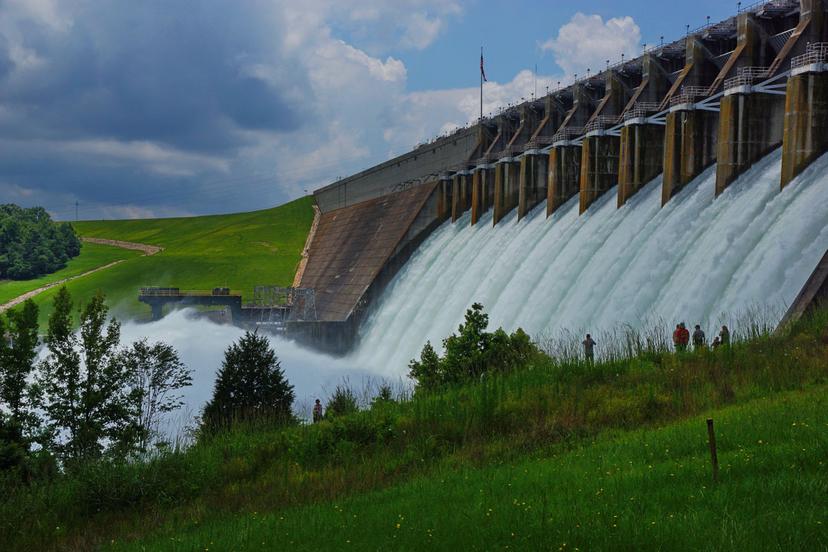Energy

Structure
The industry can be organized into three distinct divisions:
- energy sources (oil, nuclear, solar, etc.)
- forms of energy (electricity and heat)
- end uses of energy (transportation purposes, lighting, space conditioning [heating and cooling], and for industrial processes and agricultural needs)
Each of these categories can be separated into its leading sectors.
Energy source sectors include fossil fuels (coal, oil, natural gas), water, wind, solar, geothermal, and nuclear sources. Companies or organizations construct or operate solar energy systems, nuclear energy facilities, wind farms, hydropower plants, petroleum, coal, and natural gas wells, drilling locations, mines, or refineries, and geothermal energy systems. Companies in this sector employ technologies primarily related to the discovery, capture, and/or extraction of the energy source, and often generating electricity or heat to be used by consumers. Engineers and project managers use computer-aided design software and engineering standards and guidelines to develop these projects.
When it comes to energy forms, the most common are electricity and heat. Most sources go through a process to convert them into one of these forms of energy, which are then used by consumers and businesses. Electricity is the most widely used form of energy, but geothermal energy produces heat, that in turn, generates power. Sectors in this division of the industry construct and maintain generation plants, or in the case of wind energy, wind farms. These companies may sell the power to distributors, but often they are also distributing the power themselves to their own customers. Technologies are focused on efficient energy generation and delivery, as well as reducing environmental impacts.
The number of end use sectors is growing, thanks to interest in biofuels and other alternative, renewable energy sources. In addition, today there are more fuel cell powered cars, electric and hybrid cars, and natural gas vehicles on the road. In 2017, the federal government and state agencies had nearly 361,000 alternative-fueled vehicles on the road, according to the U.S. Energy Information Administration.
However, the majority of cars and other vehicles like airplanes and ships still use oil. Biofuels and biofuel-oil combinations are beginning to gain market share, partly because the U.S. government continues to mandate that more biofuels be used in combination with traditional gasoline. Technologies in this industry are focused on extraction methods. For example, fracturing technologies were refined at the beginning of the 21st century to enable producers to extract natural gas and oil previously trapped in rock formations. Engineering and architecture software have enabled the design of more efficient vehicles and mechanisms for processing oil.
Natural gas and propane are the major energy sources for heating and cooking in homes and businesses throughout the country, and electricity is still used for lighting and most facility conditioning, like air-conditioning, air filtering, etc. Electricity is still the leading source of energy for most industrial processes, but heat and hydropower are also used. Like those in the transportation energy division, the technologies in this division focus on improving or developing new extraction techniques, safely distributing the energy sources to the end user, reducing usage on the customer side in whichever process they are using the energy for, and lessening environmental impacts.
While these sectors may seem to be independent of each other, they actually often work together for the benefit of all. For example, some petroleum extraction companies also extract natural gas since they can use the same methods for extraction and gas may be located at nearby oil locations. In the alternative energy fields, some wind farms, for example, add the electricity they generate to the national grid. Some equipment manufacturers make and sell equipment for all types of energy generation facilities. So while there are clear definitions among the sectors, there is also much overlap.
That means there are also many jobs common to all the sectors. By far the number one job in the industry is engineer. Although there are engineers specific to certain energy sectors, each sector needs engineers and often several different kinds of engineers, from electrical engineers to environmental engineers to mechanical engineers to nuclear engineers. Plant operator or manager is another job common to all sectors. Each generating plant has many different workers and departments, which must be supervised by someone with knowledge and experience in the industry. Plant managers often have worked in the industry for several years before earning that title. Other positions that generally exist in each sector are supervisors, accounting workers, and human resource professionals.
